![]()
The Arizona Saguaro
April 2008
 This Suguaro was just east of Quartzsite had 47 arms and has since died. |
![]()
 This Suguaro was just east of Quartzsite had 47 arms and has since died. |
After spending a week in Congress, AZ at North Ranch Escapee RV Park in what they call "Bead Week". We returned to Wagon West RV Park and Lee told us about a Saguaro out behind our RV park that is starting to bloom, so Nancy and I drove our ATV out in the 20 - 25 MPH winds with gusts up to 35 MPH and went to check it out. There were buds all around the top of it but no flowers yet. The Saguaro cactus blooms end of May and June. We were back at Wagon West in June after a month in San Diego to warm up and got some good photos on the Saguaro flowers.
![]()
To view any picture on a larger scale just click on it.
Then click your browsers back button to return.
This cactus grows very slowly. It takes a saguaro about 10
years to grow 1 1/2 inches. In 30 years, it grows 2 feet. Many saguaros have nurse
plants that protect them when they are growing. Saguaros develop arms when they are 50 to 100 years old.
Some saguaros never grow arms at all; some have as many as 50 arms! A full-grown saguaro is 50 feet or more
tall and weighs 6 to 7 tons when it if filled with water. It can live to be 200 years old. |
||
 I don't think we will be here when these buds turn to flowers. |
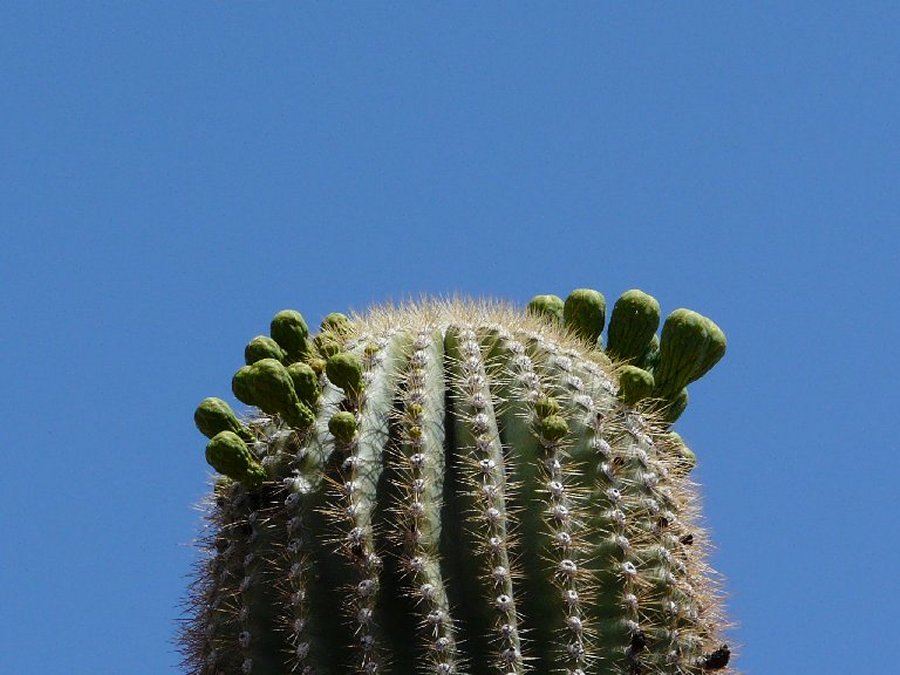 This is the Saguaro we found the buds on. |
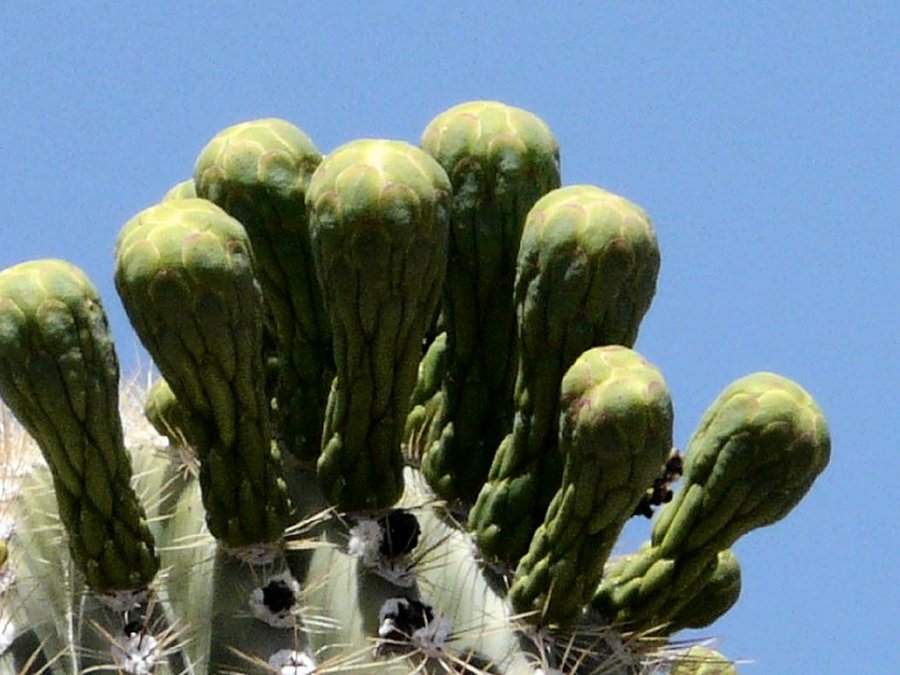 They only bloom for 24 hours and will be hard to catch open. |
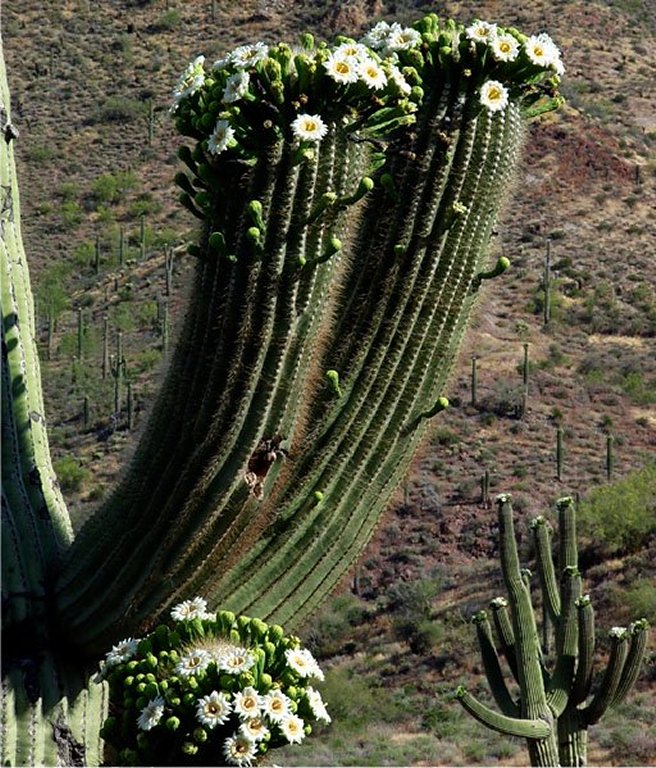 Here is a Saguaro in bloom. |
 Up close look at the Saguaro flower. |
 Kind of a side view of the Saguaro flower. |
 A nice clump of flowers. |
 This is the saguaro's fruit. |
 This is a Verdin getting nectar out of the Saguaro fruit. |
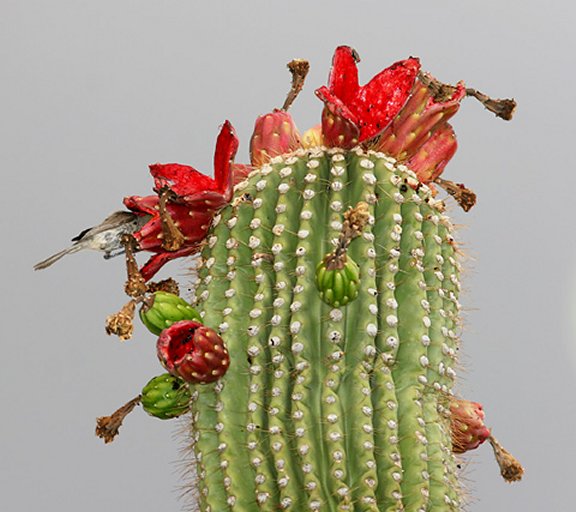 Verdins have a love for sweet juice, and are often see them consuming spilled nectar at hummingbird feeders. |
 This is a Gila Woodpecker getting nectar out of a hummingbird feeder at Ramblin Roads RV park. |
 This is a Gila Woodpecker and its nest in a Saguaro. |
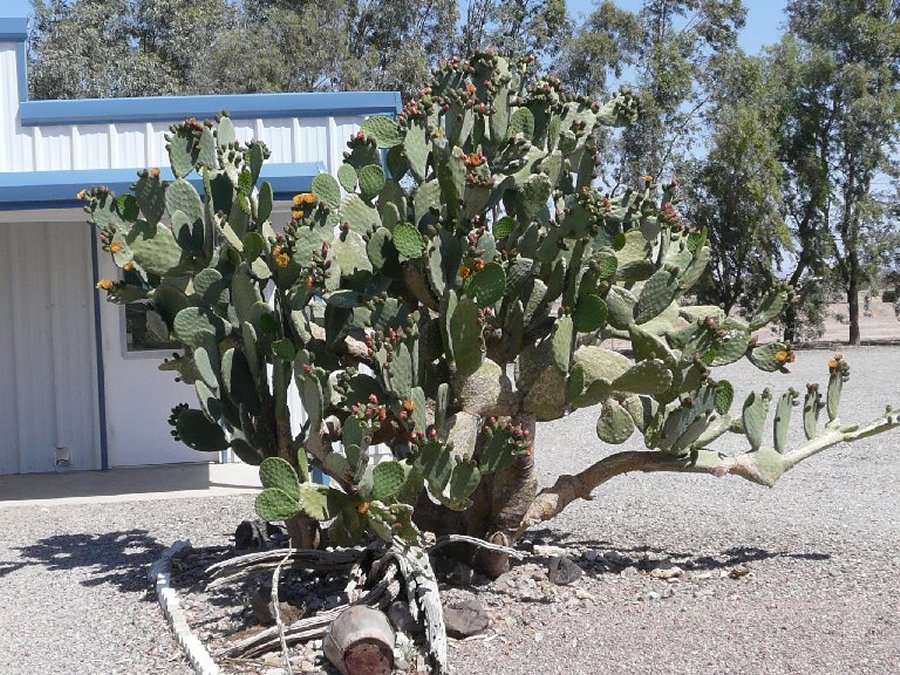 This is the cactus in front of the Laundry. |
 This a close up of the flower of the cactus in front of the Laundry. |
 This little Fishhook cactus has a red buds on it. |
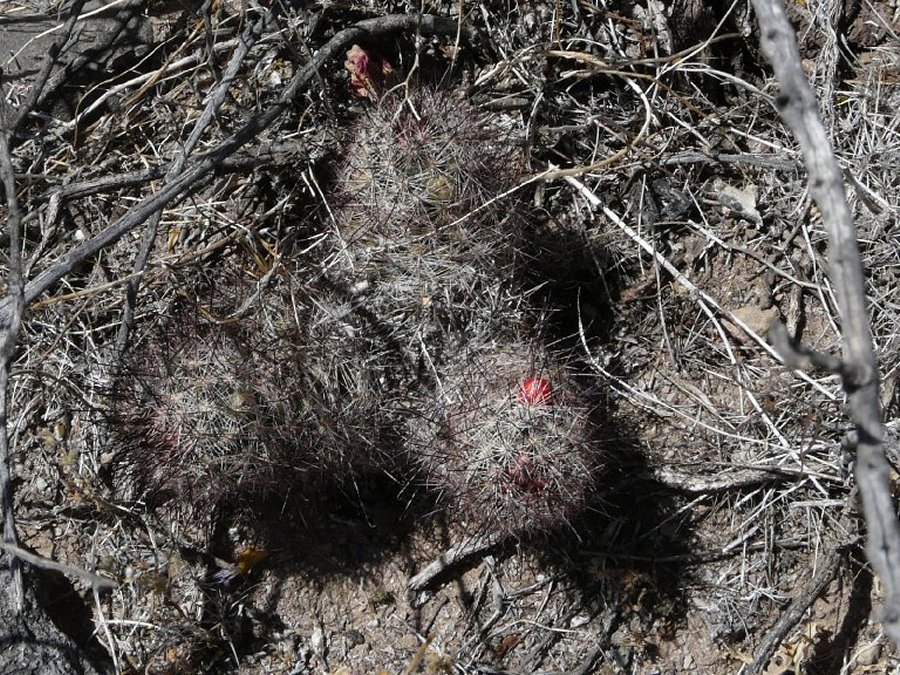 This fishhook cactus is close by the Saguaro with the buds on it behind our RV park. |
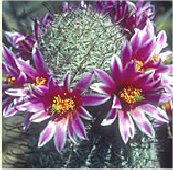 Here is a fishhook cactus in bloom. |
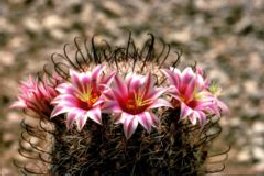 Here is another fishhook cactus in bloom. |
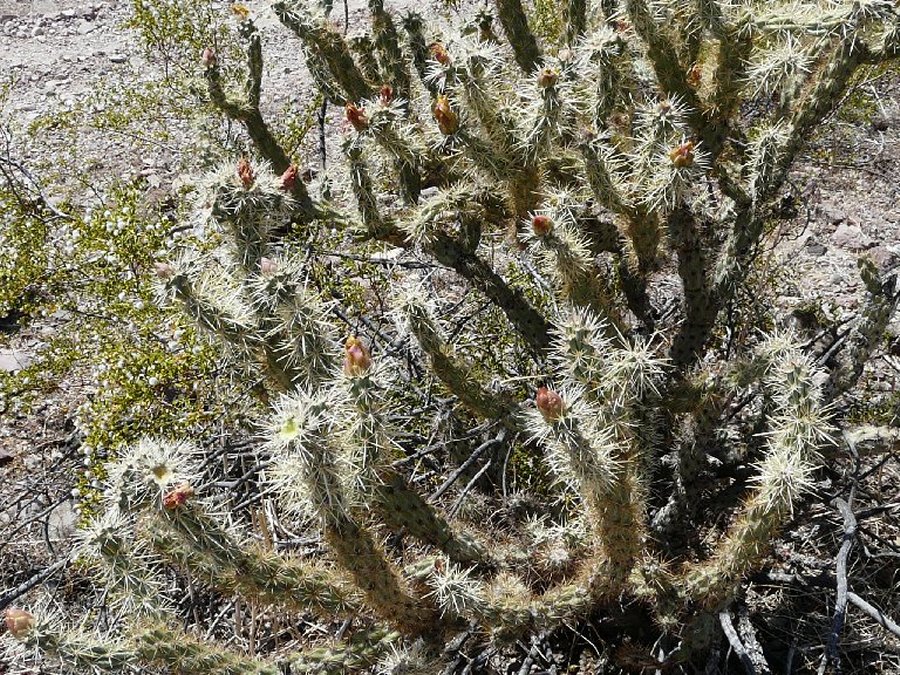 Here is another cactus in bloom next to the Saguaro. |
 This is one of the buds on it. |
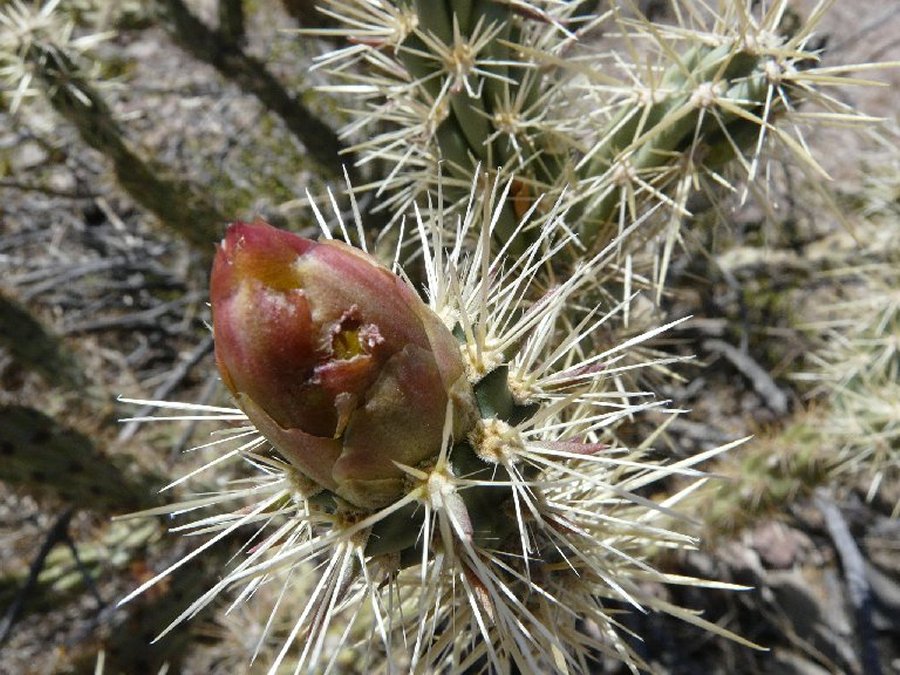 Maybe these buds will flower out... |
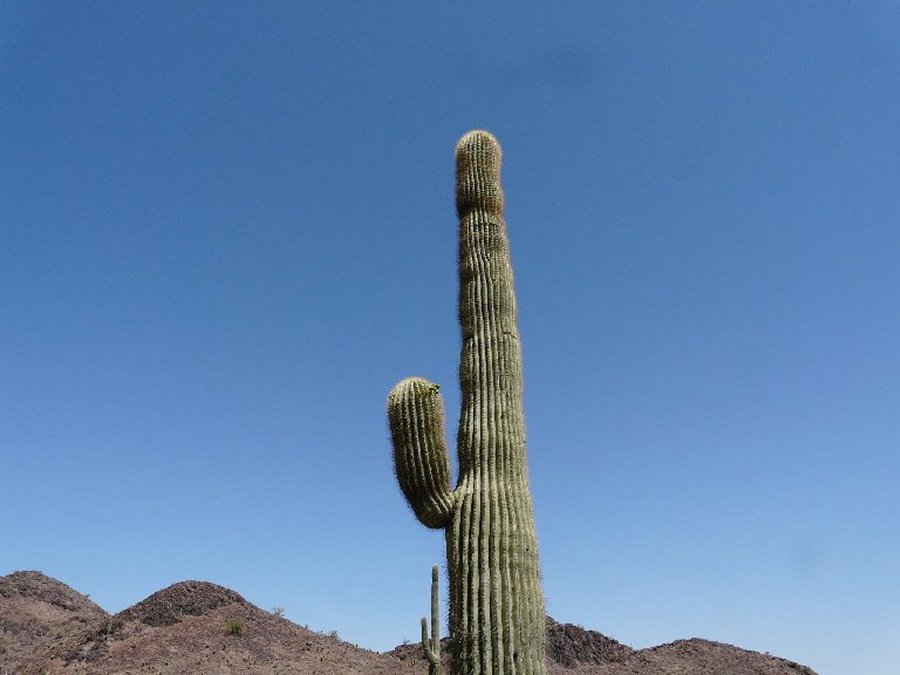 Here is another Saguaro with some buds forming. |
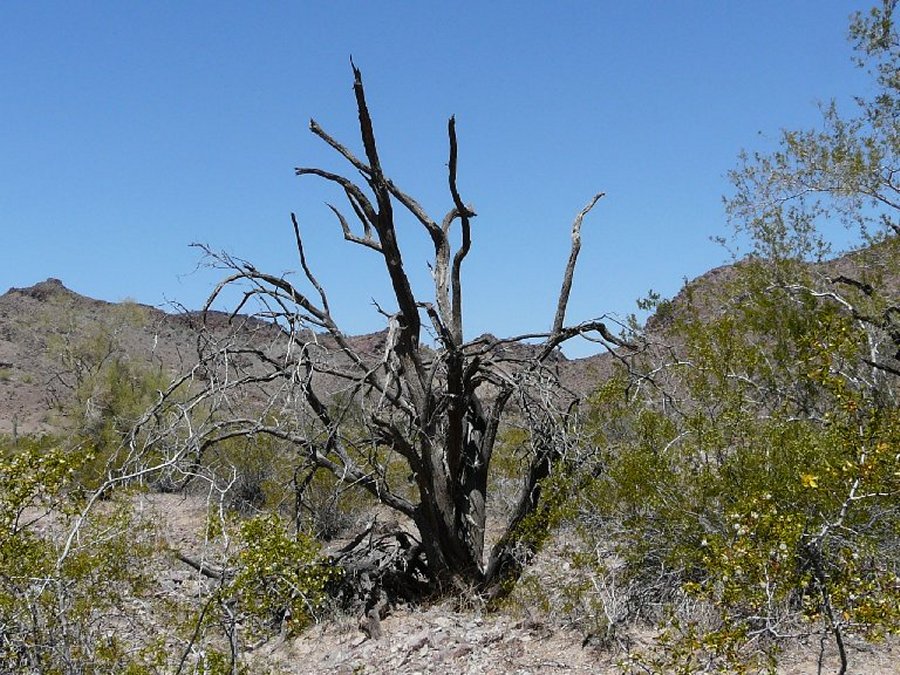 I thought this old Iron Wood tree made a great photo. |
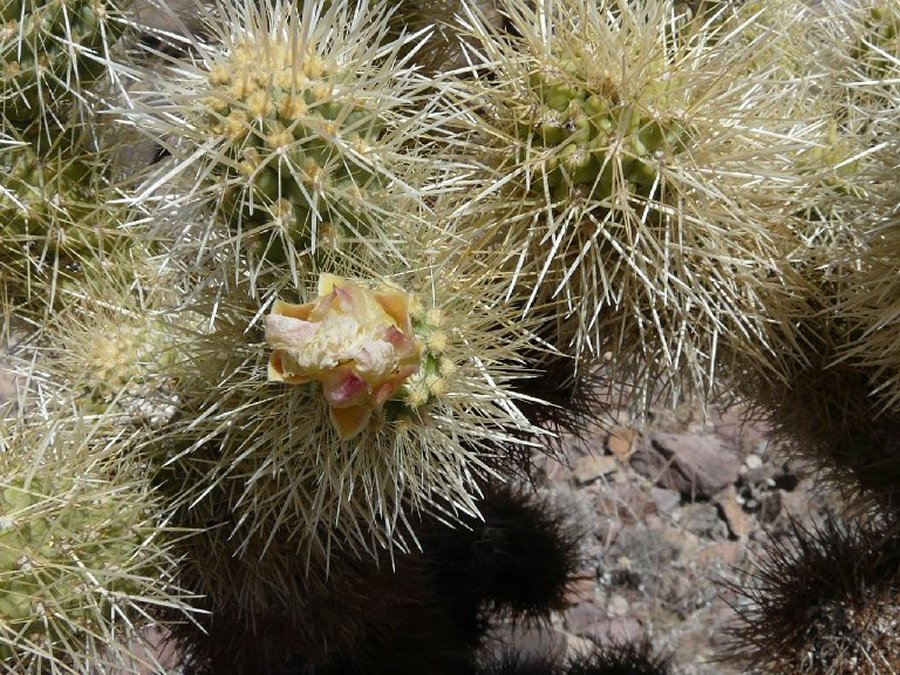 This is a Choia (jumping cactus, teddy bear cactus) flower. |
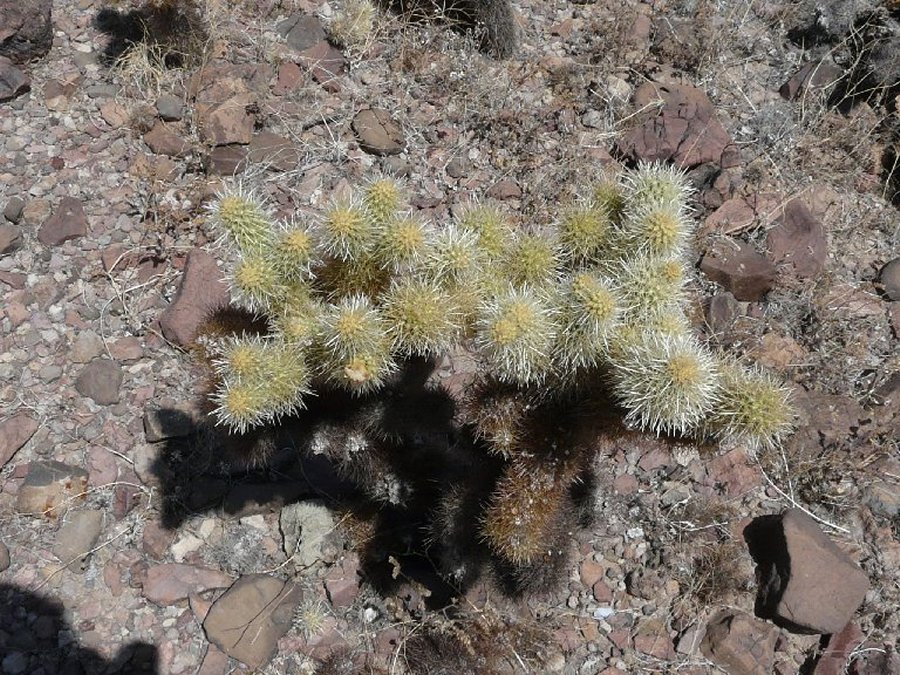 I thought the flower was on this Choia cactus. |
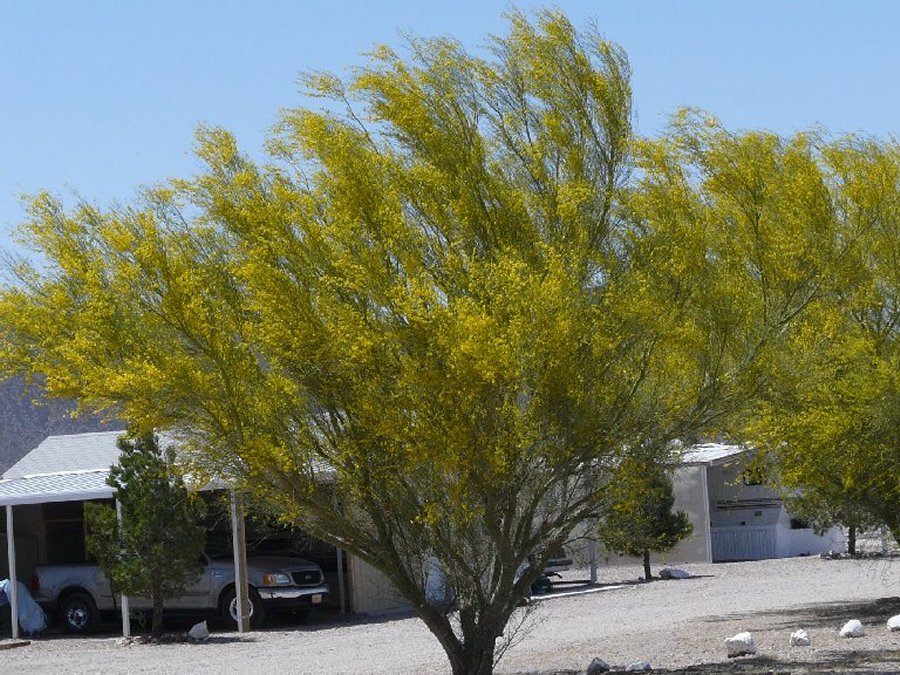 This Palo Verde tree in bloom is in the back of the RV park behind the fire pit. |
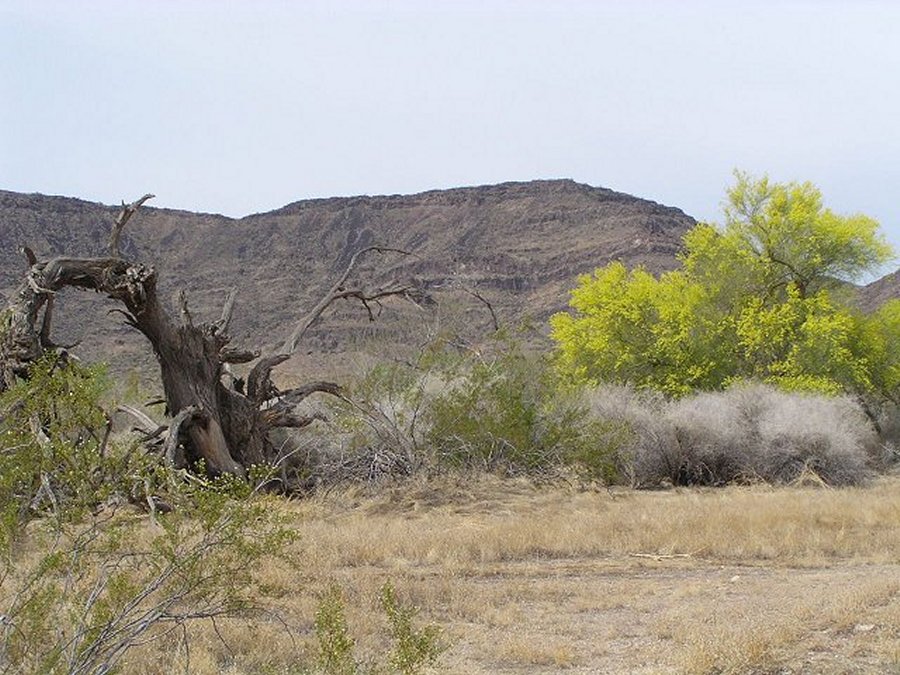 This Palo Verde tree is in the wash behind the RV park. |
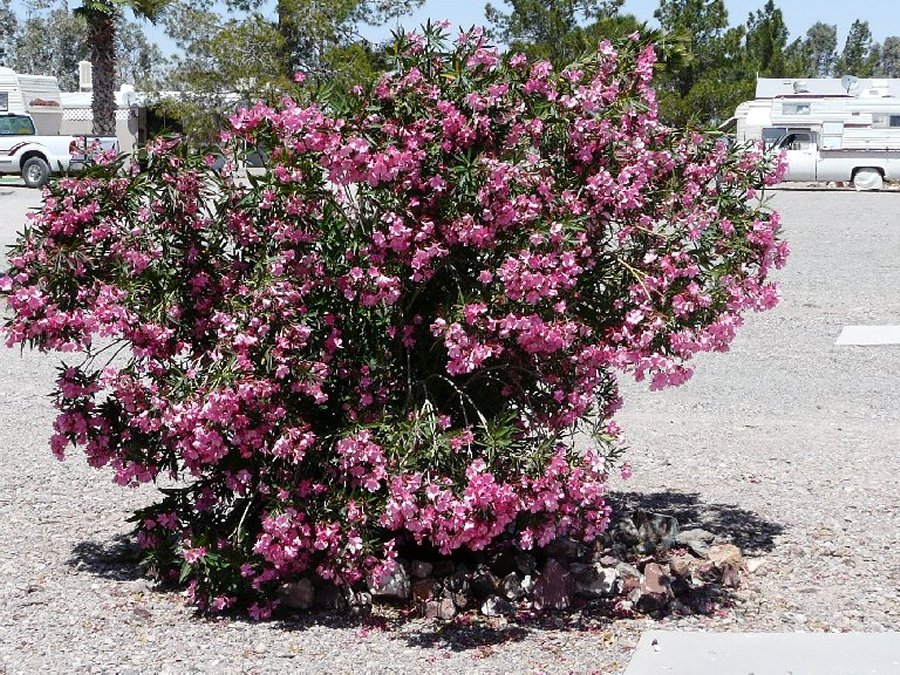 This is the Oleander bush in Bob and Dela's old space. |
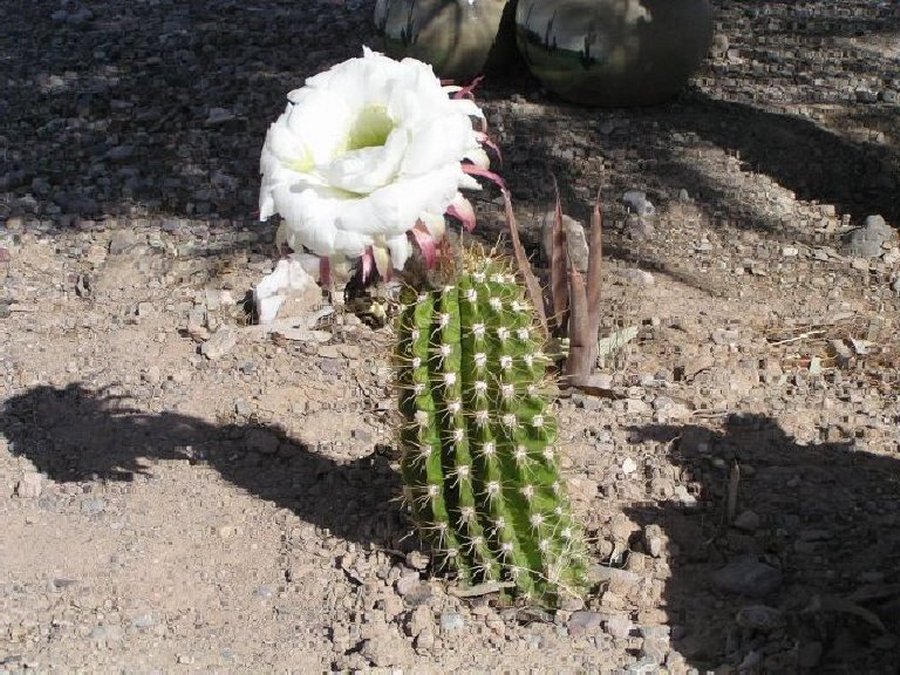 Carols cactus is blooming. |
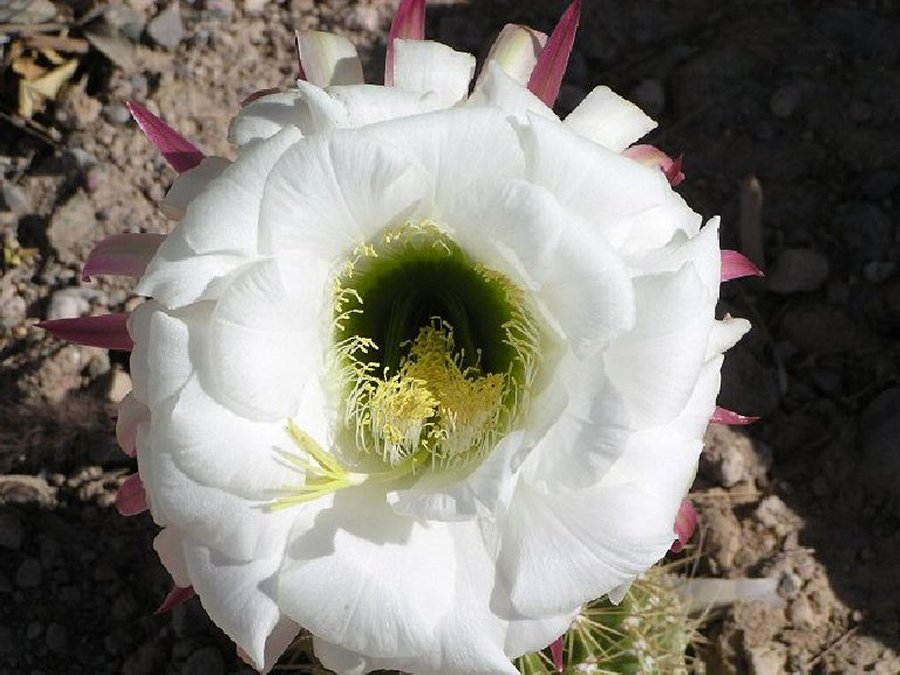 close up of Carols cactus. |